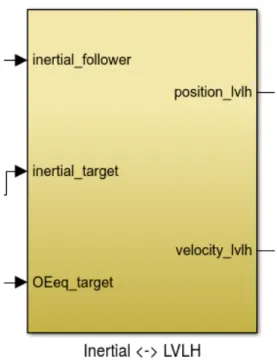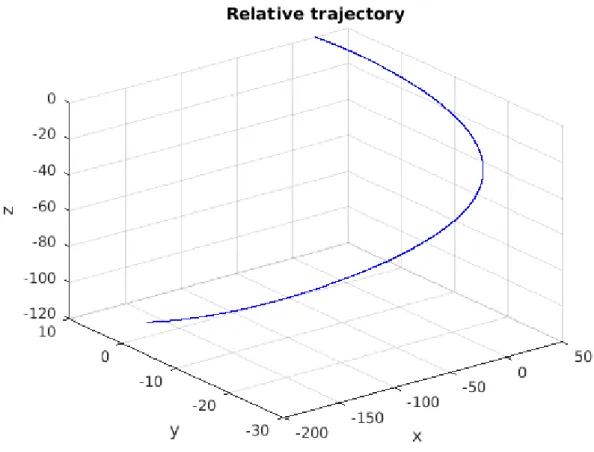A Matlab®/Simulink® non-linear simulator for orbital spacecraft rendezvous applications.
Texte intégral
Figure




Documents relatifs
The first term in the right-hand side is the contribution of the superfluid intrinsic angular momentum to SL/~ while the other terms are corresponding quasi particles
L’archive ouverte pluridisciplinaire HAL, est destinée au dépôt et à la diffusion de documents scientifiques de niveau recherche, publiés ou non, émanant des
13 – La formation de ce droit uniforme professionnel s’opère selon deux voies différentes. Elle est, dans certains cas, spontanée, selon
Model Predictive Control (MPC) was used for rendezvous and docking along with collision avoidance problem using hard constraint method.. With respect to the above discussed papers
Mahyar Shahsavari, Philippe Devienne, Pierre Boulet (Lille University). Centre de Recherche en Informatique,
More precisely, given an initial data close to some ground state traveling wave solution for the Schrödinger equation on the Heisenberg group, we want to construct a weak
Pour mesurer l’effet de la négation sur la tâche de détection de l’ironie, nous avons constitué 3 corpus : les tweets avec négation (NegOnly), les tweets sans négation (NoNeg),
by the cirrus anvils and even less by the surrounding thin cirrus. However, as the convective cores only cover a small fraction of the systems, the average heating effect of the